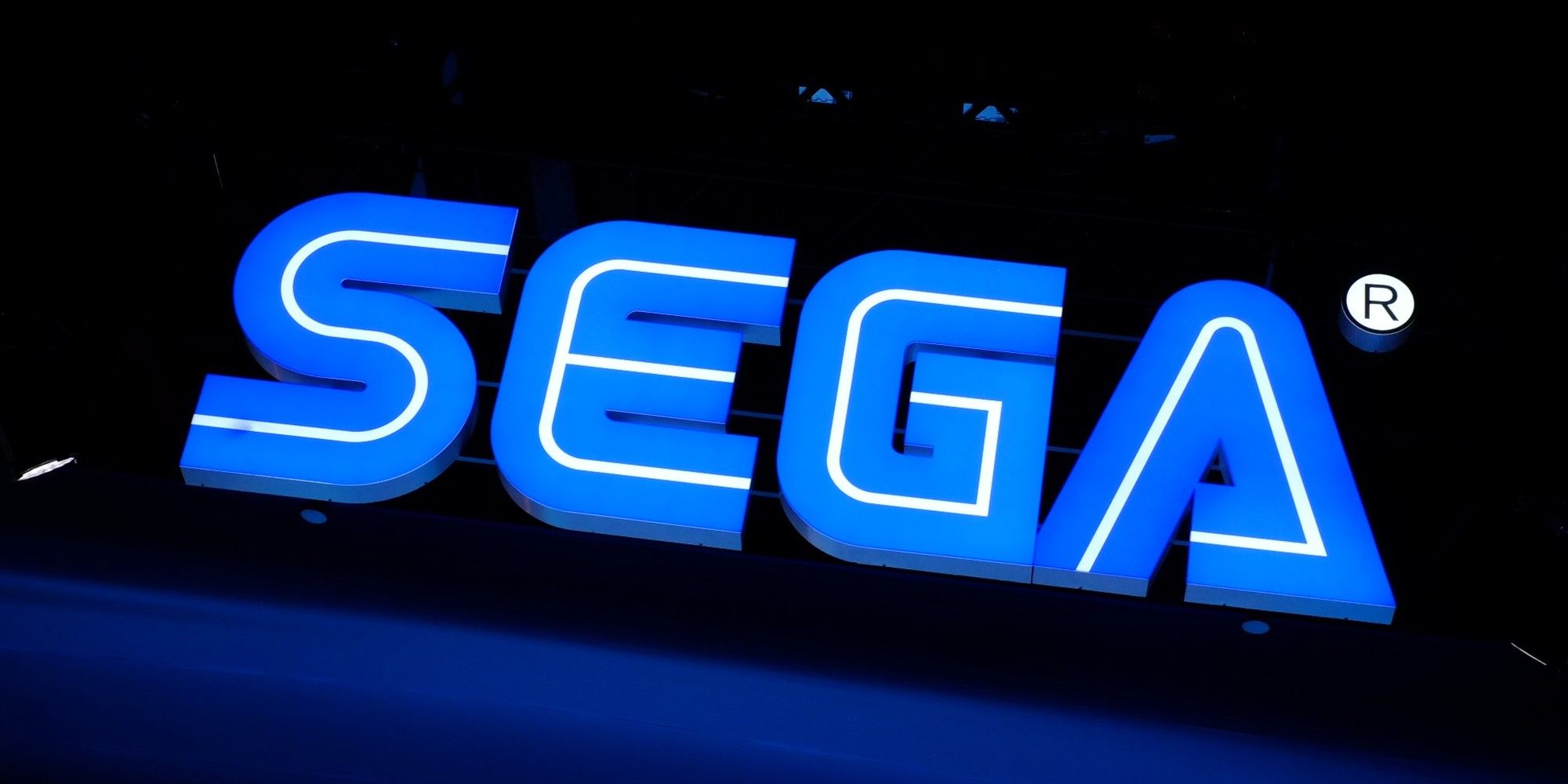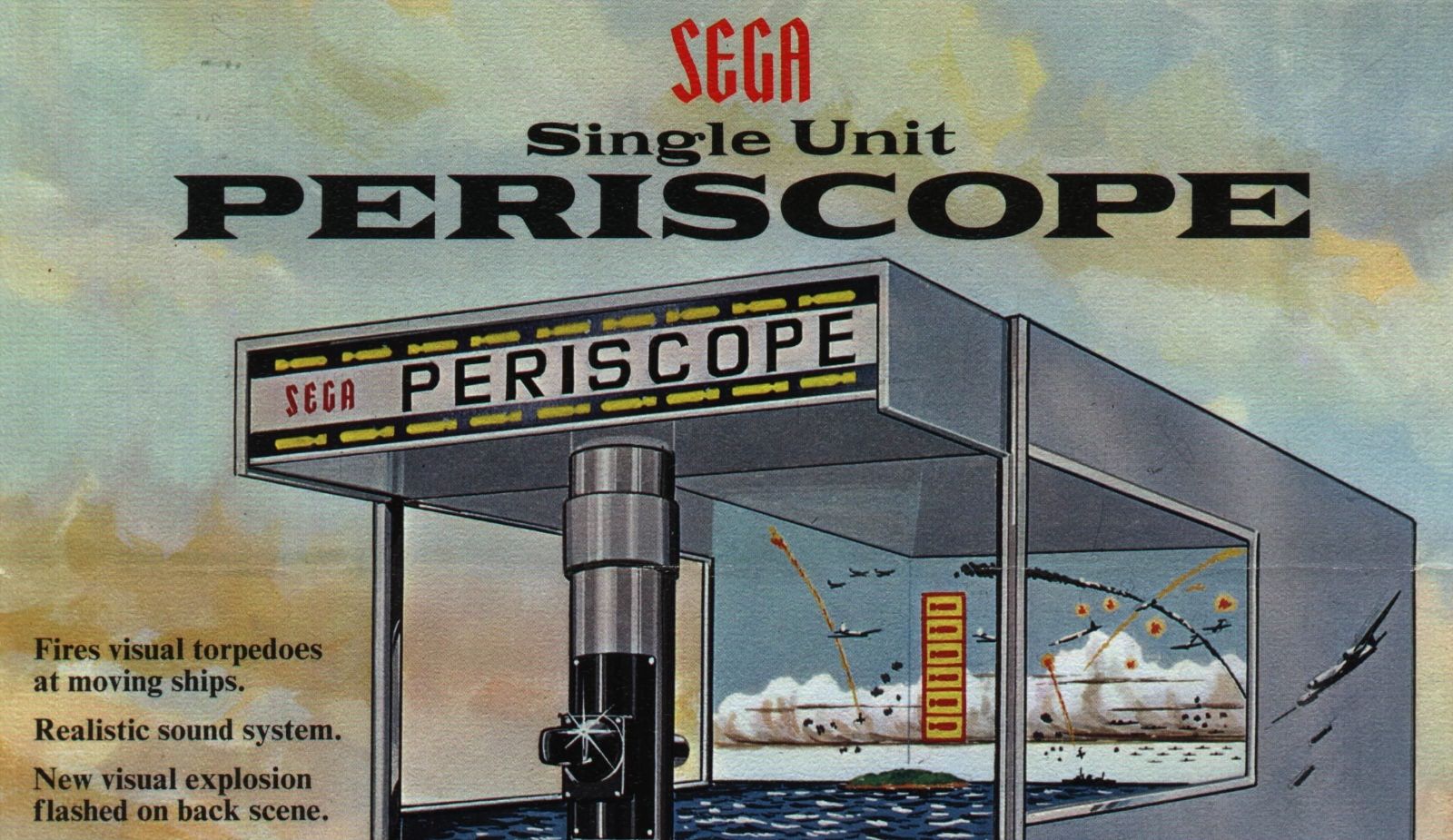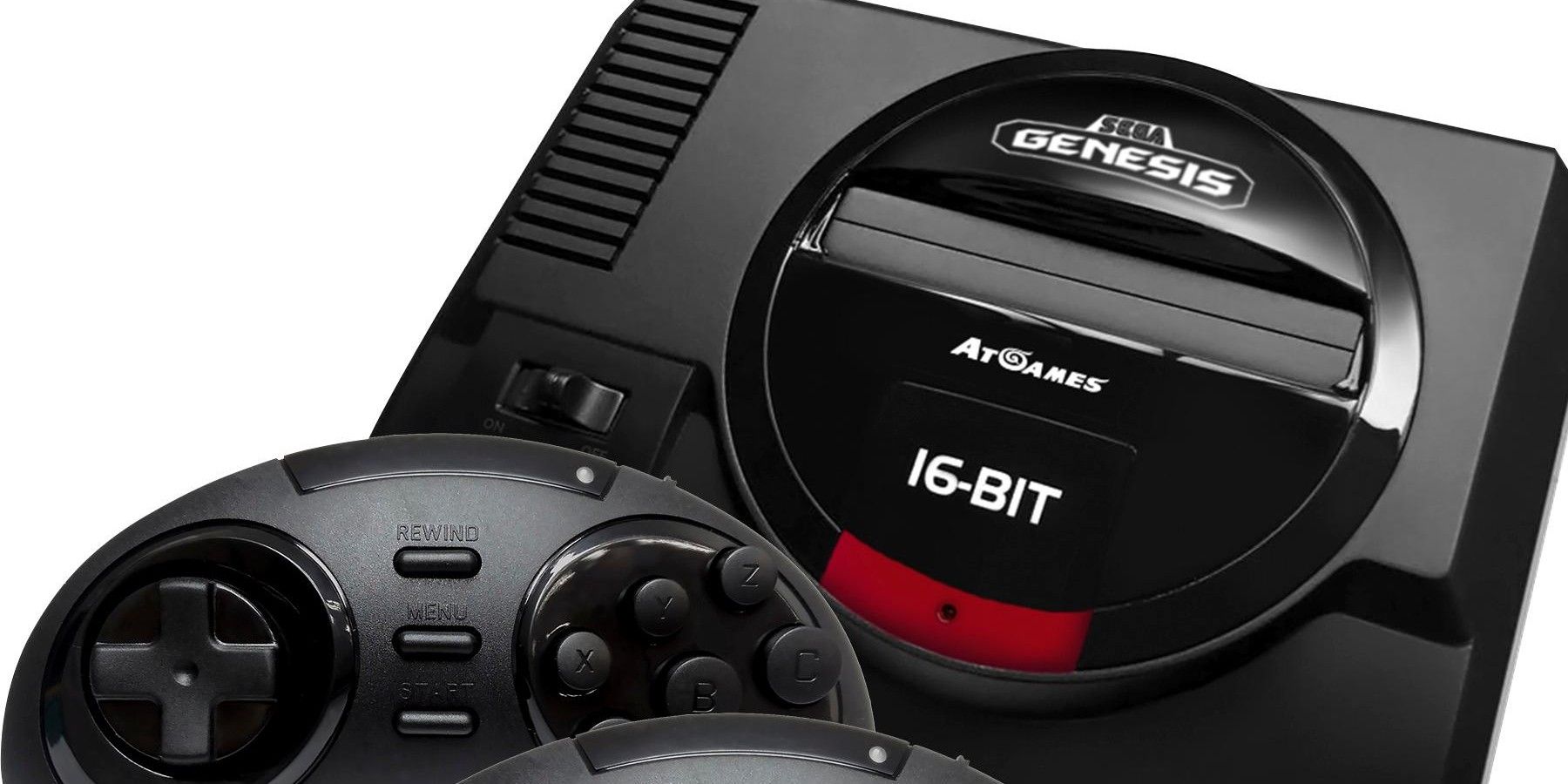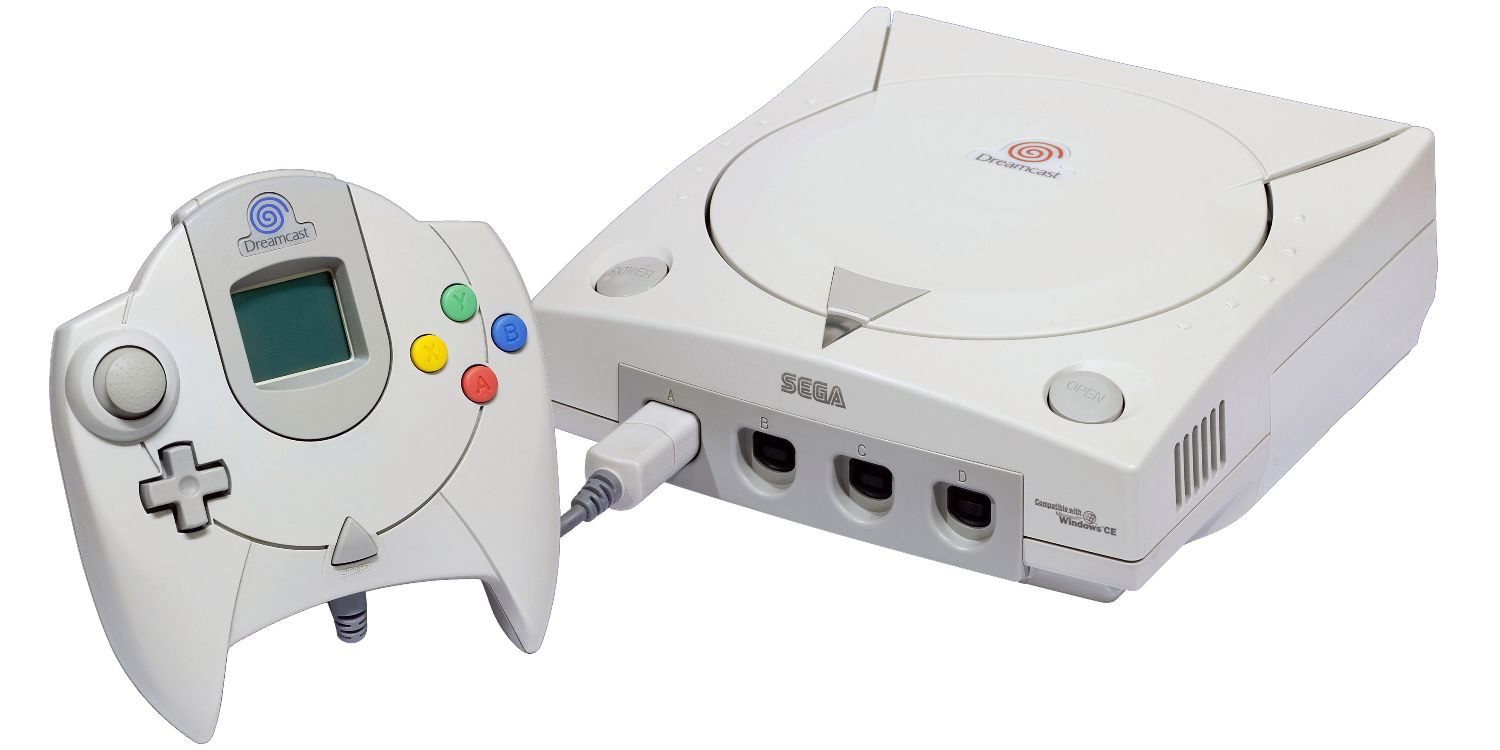Sega has established itself as one of the best companies in the gaming industry. It is one of the few companies to have successfully competed with Nintendo during the 80s and 90s. The legendary developer has been pushing gaming to its limits ever since the early days of video games. It's been 60 years since Sega first jumped into the industry, and the company isn’t showing signs of slowing down any time soon.
Like any good company, Sega has had its fair share of ups and downs. It’s been on the very top of the industry, as well as the very bottom. It's even been on the brink of closing its doors a few times. Despite the circumstance, Sega always seems to overcome whatever is thrown in its way. Sega’s determination and passion for video games has made the company what it is today.
Although Sega was established in 1960, its origins can be traced back to a 1940s slot machine manufacturer called Service Games. This was an American company responsible for many slot machine innovations. After the U.S. government banned slot machines on military bases in 1951, Service Games expanded to Japan. Its Japanese branch eventually split into two parts: Nihon Goraku Bussan and Nihon Kikai Seizo. Another electronics company called Rosen Enterprise would later merge with Nihon Goraku Bussan creating Sega Enterprises in 1965.
The newly formed Sega Enterprises focused on creating jukeboxes instead of video games at this time. This all changed once Sega released the 1966 the electro-mechanical arcade game Periscope. The game became a huge hit in Japan, prompting Sega to switch its focus to gaming. This paid off for the young company, as it opened up a handful of gaming centers across Japan, some of which are still open today.
Sega wanted to expand into the American market and built a factory in the U.S. by the mid-1970s. While Sega set up shop into the United States, Atari’s new game Pong swept across the country. Sega noticed how popular Pong was and decided to enter the video game industry. The company already had experience with electro-mechanical arcade games and slot machines, so Sega figured it would be a smooth transition. Sega released a few arcade machines, which soon became favorites among video game fans.
After releasing a handful of decent arcade games, Sega wanted to break into the home entertainment market. It got to work and released its first home gaming console, called the SG-1000, in Japan and a few other countries in 1983. The system wasn’t a runaway success, but it did well enough to establish Sega as a top contender in the video game industry.
By the mid-1980s, Nintendo started making waves throughout the industry with its new NES console. Sega decided to take the company head-on by releasing the Sega Master System in 1986. While the system had mediocre success in the United States, it thrived in other parts of the world. Sega surpassed Atari as the Sega Master System became the second most popular home console in the world at that time.
Sega followed up its Master System with the highly popular Sega Genesis. The company launched an aggressive advertising campaign that frequently took jabs at its rivals. Slogans like "Sega does what Nintendon't" became a trademark for the company during the fourth-generation of consoles. The Genesis was also home to some of Sega’s most iconic games, most notably Sonic the Hedgehog. It seemed like Sega was on top of the world during the early 1990s. However, this success would be short-lived, as the dawn of the new millennium steadily approached.
The company started releasing Genesis add-ons as the system got older. The Sega CD debuted in 1992, then the Sega 32X in 1994. Both were miserable failures, as critics and gamers chastised the hardware. To make matters worse, Sony’s PlayStation started out-selling Sega’s new console, the Sega Saturn. Sega had to do something fast if they wanted to stay relevant in the industry.
Sega’s future looked bleak towards the end of the 90s. The company knew it had to do something revolutionary if it wanted to reign supreme once again. Sega went back to the drawing board and released the Sega Dreamcast in Japan in 1998 and in the U.S. a year later. The Dreamcast was the first sixth-generation console and the first system to feature online play. It also had a slew of great exclusive games and amazing graphics for the time.
Although the Dreamcast looked promising, the system couldn't save Sega. The ever-looming release of the PlayStation 2, Sega’s poor timing and lack of third-party support ended in the Dreamcast's demise. Sega stopped manufacturing the Dreamcast less than two and a half years after its release.
The failure of the Dreamcast forced Sega to abandon the console market. The company started creating games for the consoles of its former competitor. This ended up saving Sega, pulling it out of its financial rut despite backlash from hardcore fans. Sega continues making third party games to this day.
Sega will always be cherished by the gaming community. The company took gaming to new heights and revolutionized the industry in its prime. Sega will likely go down as one of the most important video game companies in history, as few have accomplished what it has in the last 60 years. Still, Sega continues to move forward, adding to its already amazing legacy.




